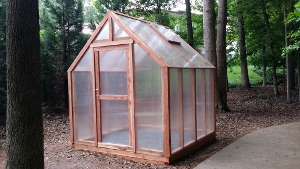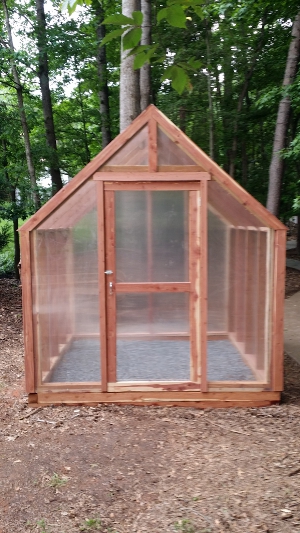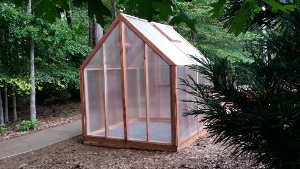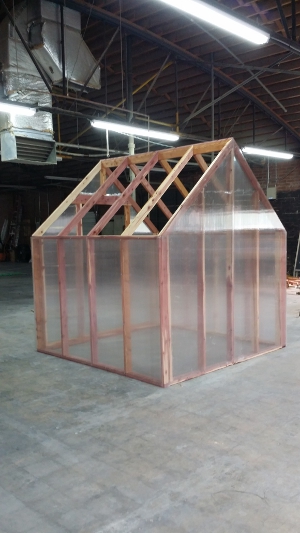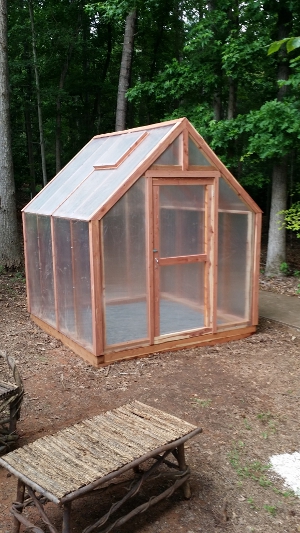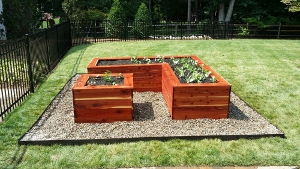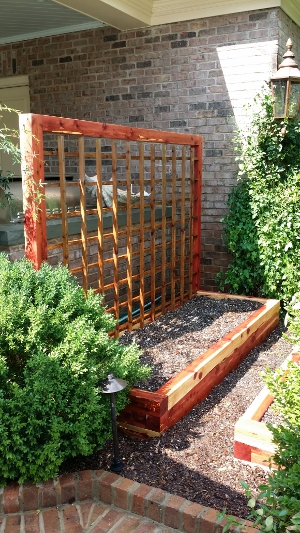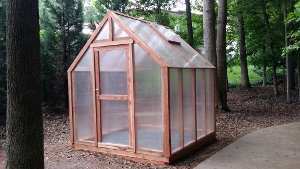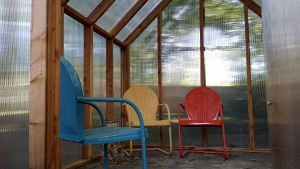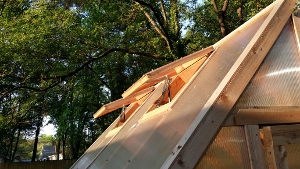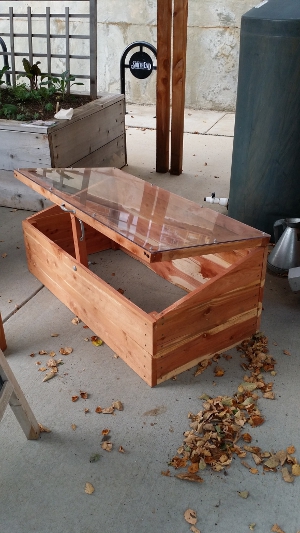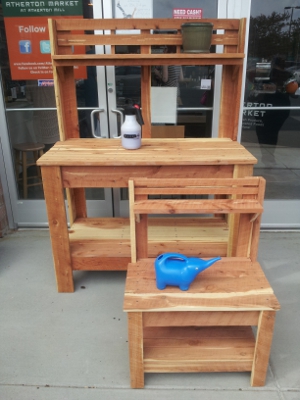According to your cold hardiness zone map, your organic garden should be winding down like a theme park in October. Yet colossal rows of kale and chard continue to sway in the late autumn sunshine, quickly bouncing back from every harvest like a scrappy featherweight boxer with something to prove.
Uptown, your little sister’s terrace garden has always struggled. It’s perched on a balcony, 36 stories up, and gets loads of direct sun, but it constantly guzzles water, and always looks tired and dried out.
At your parents’ place on the outskirts of town, barns and cornfields have yielded some ground to custom homes and sidewalks, but the pace is still slower, and at night, the sky is bursting with stars. Their sprawling ‘Victory’ style plot is straight out of a WWII propaganda poster, and while their summer garden produced jaw dropping yields, their fall plantings always seem to stall.
All three gardens are in the same USDA cold hardiness zone and well cared for, so why the different results?
Microclimates.
A microclimate is a smaller, defined area where the weather conditions differ from the area that surrounds it. A microclimate can be cooler or warmer, wetter or drier, or more or less likely to experience frosts than the surrounding area. A microclimate can be as small as an area in front of a brick wall, or a swath of land extending several miles.
Topography and Microclimates
Variation in land topography has a major impact on microclimates. Because cold air is heavier than warm air, it flows downhill on cold nights, pooling in low spots , much like water collects in puddles. Valleys can be 10+ degrees colder than surrounding slopes on winter nights, and are often more susceptible to frost. This might by why the folks’ victory garden stalls when nighttime temperatures start to drop. While the risk of frost from radiational cooling is lower on peaks and hilltops, exposure to high winds can dry out plants and trees, especially when the ground is frozen.
The microclimates on slopes between valleys and hilltops can also vary widely depending on their orientation. In spring, North-facing slopes receive less direct sun, and are slower to warm than south facing slopes. And while a south facing slope may give gardener a head start on the spring season, but beware the late spring frost, which can damage plants and trees that have bloomed early.
Large bodies of water, like the Atlantic Ocean and Great lakes help moderate air temperature of areas that extend several miles inland, and also help mitigate low temperatures in winter. These areas are less prone to late spring and early fall frosts, and even smaller lakes and ponds can have a similar, if less profound effect.
Urban Microclimates
Because paved surfaces and buildings absorb heat during the day, and radiate it back into the air at night, urban areas typically experience less extreme low temperatures in winter than surrounding areas. Depending on the site, buildings sometimes offer protection from wind and can help reduce the chance of frost , or increase exposure to high winds that intensify as they funnel between buildings. Urban areas are sometimes a full Cold Hardiness Zone warmer than surrounding areas, and the same factors that warm the temperature in winter, also trap heat in the summer, making summer growing conditions unsuitable for many types of plants.
Microclimates near structures
Houses, fences, walls and other structures can create multiple microclimates around your property, and like urban microclimates, the heat that is absorbed by your house during the day radiates back out at night. Is it a coincidence that your garden thrives in a sheltered nook on the south side of the house?
The sides of your home opposite prevailing winds can provide a warmer, shaded microclimate, and remember that as wind hits your house, it picks up speed along walls and around corners. Consider this carefully when selecting plants and trees.
Fences, walls and boulders can create small sheltered areas, where they serve as a windbreak, and can also absorb heat, and radiate it back on the plants at night. As cold air drains, or flows over the ground at night, these structures can create a puddle of cold air that can cause frost damage even when the surrounding air temperature remains above freezing.
Like buildings and walls, paved surfaces including driveways and patios can also moderate night time low temperatures by absorbing heat and radiating it at night. But remember that these areas are impervious to water, and if storm runoff channels into one place, and soggy wet spot can result. The same thing can happen where water flows out of downspouts and off rooftops.
Trees and Soil
Large trees can create their own microclimates by casting shade, and preventing rain from reaching the ground around them. Established roots can compete aggressively for water and nutrients , making it difficult to grow some varieties of plants around the base of larger trees.
Soil types can also affect microclimates. Heavy clay soils, for example, can moderate temperatures at ground level, much like impervious paved surfaces. Air filled loam soils can insulate sub soils, trapping heat underneath, and creating more risk of frost at ground level.
 Monday, December 21, 2015 at 1:07PM
Monday, December 21, 2015 at 1:07PM 